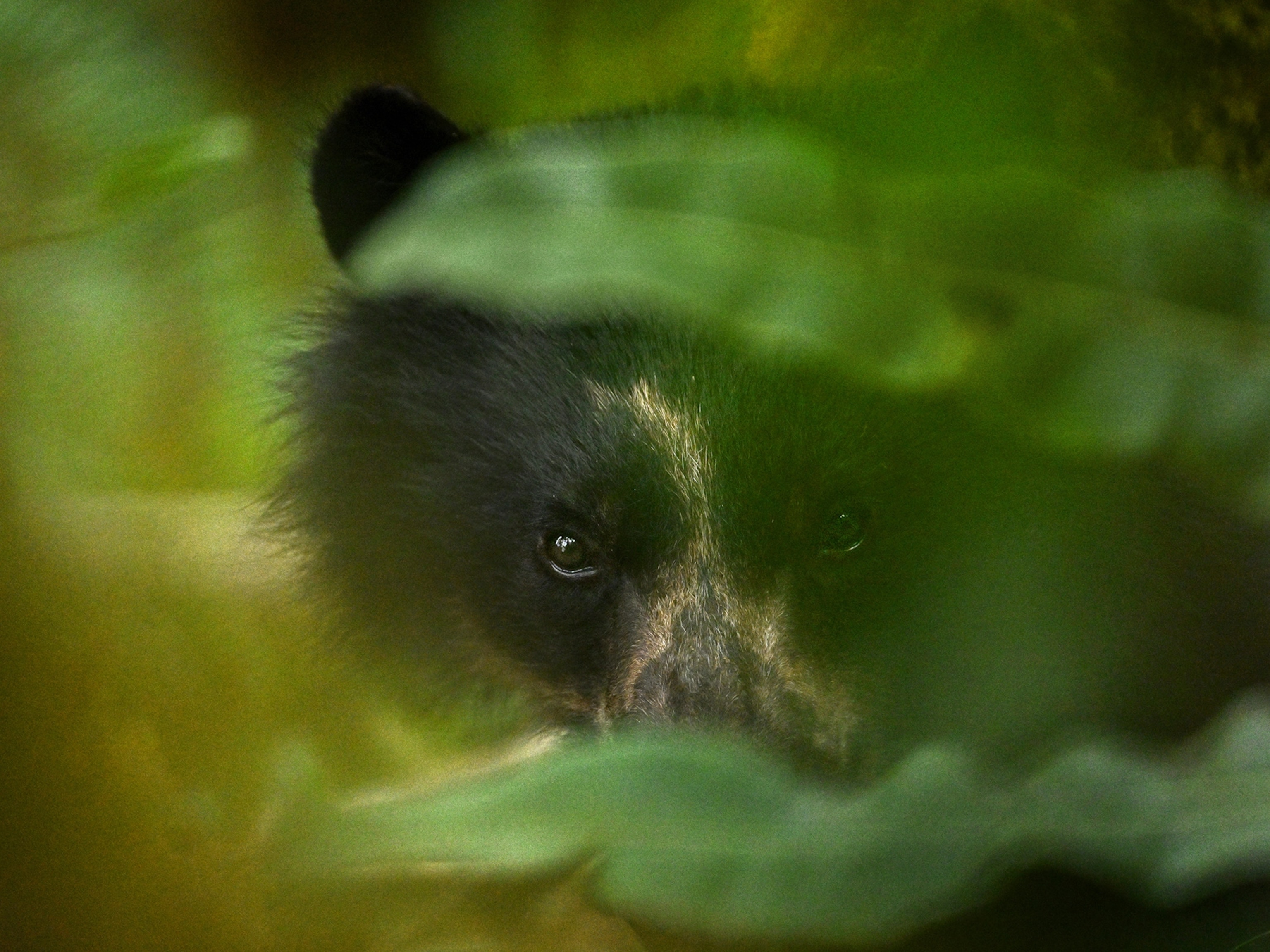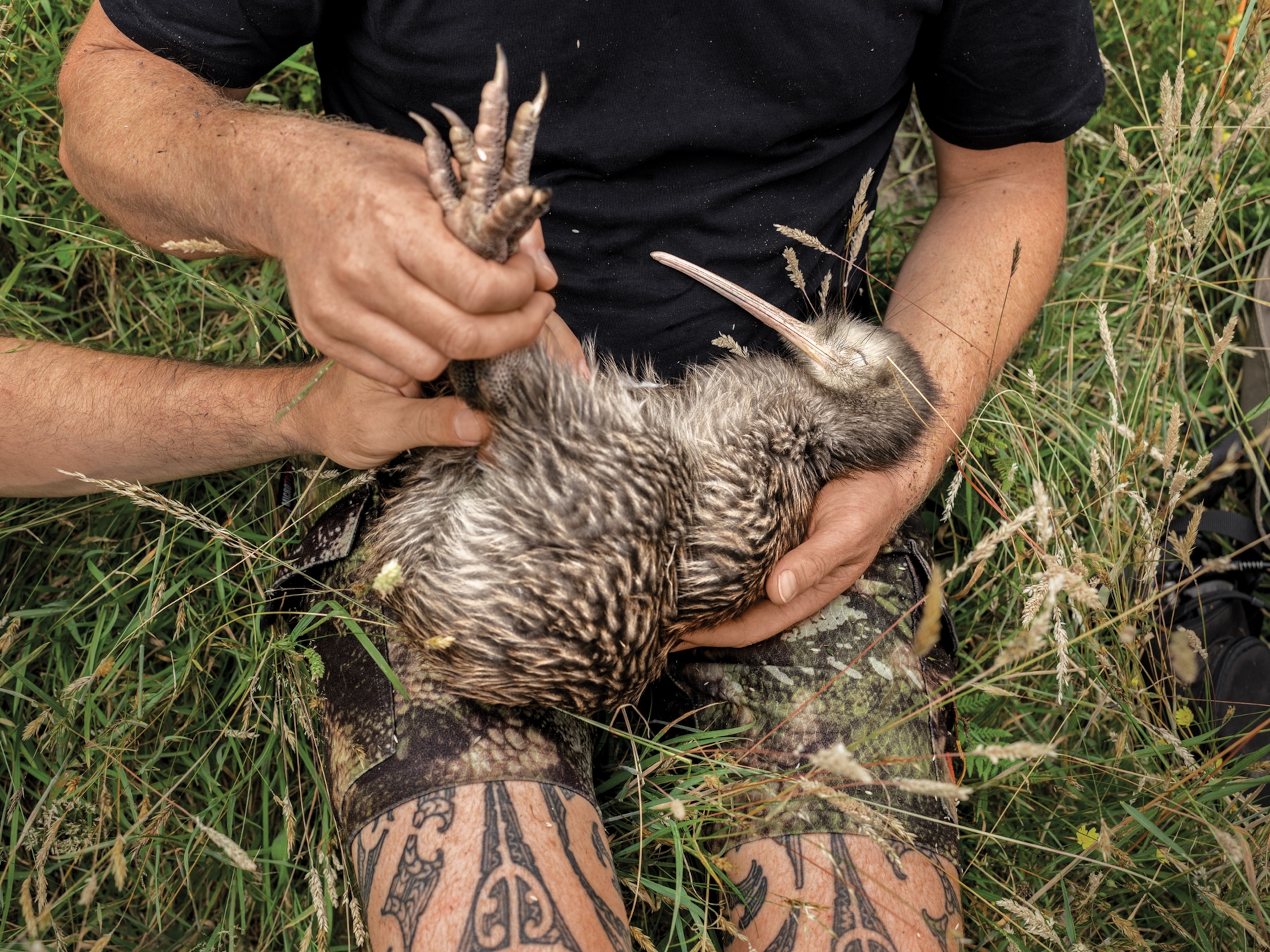Downtown Coyotes: Inside the Secret Lives of Chicago's Predator
About 2,000 of the carnivores have adapted surprisingly well to city life, new images and tracking data reveal.
An extreme breed of coyote is finding there's no finer place than downtown Chicago, where the predator has learned to lurk under the radar of city life, new data show.
The versatile carnivore, native to middle America, has spread into nearly every corner of the U.S. in the past few decades, taking particular advantage of the suburbs and their wildlife buffet. (Related: "Coyote-Wolf Hybrids Have Spread Across U.S. East.")
But in some metropolitan areas, such as the Windy City, populations are now so high that no vacancies are left in the suburbs for these highly territorial animals—which means youngsters are being forced to strike out into the only remaining habitat: downtown.
Among the skyscrapers of Michigan Avenue and busy Lake Shore Drive, these animals are "pushing their ecological envelope," said Stan Gehrt, a wildlife ecologist at Ohio State University in Columbus, who has been studying coyotes since 2000.
The animals have altered their natural behavior to accommodate living in close quarters with people. Unlike wild coyotes, for example, Chicago's uber-urban coyotes are nocturnal, coming out when most people have gone home; have learned to travel and cross busy roads regularly; and maintain huge yet fragmented territories, according to new data from coyotes outfitted with a GPS collar or a Crittercam, a National Geographic camera that attaches harmlessly to animals.
"We constantly underestimate them," said Gehrt, who recently completed the first part of his urban-coyote research, funded by National Geographic's Committee for Research and Exploration.
"We felt there were parts of Chicago too urban, with too many people, for coyotes to live—and we were wrong," he said.
"They're a humbling animal."
Hard-Knock Life
Though coyotes have taken up residence in several U.S. metropolises, including New York City and Washington, D.C., few scientists are studying them—in part because the urban coyote didn't even exist until suburban sprawl spurred a boom in prey in recent years. (See National Geographic Your Shot pictures of coyotes.)
But it's crucial to understand how these carnivores interact with the landscape, Gehrt said, both to figure out how to manage them and to avoid conflicts with people.
"People in Chicago have shifted their opinions about coyotes to primarily acceptance. That doesn't mean that they are thrilled they are here, but they are not that quick to remove them like they used to," Gehrt said.
"Whether it stays like that, or if they eventually get tired of them, is one reason why we continue to monitor them."
For his newest work, Gehrt and colleagues fitted six Chicago coyotes with GPS collars and four with Crittercams in 2013 and 2014—the first time either technology was used on urban coyotes.
Gehrt estimates there are about 2,000 coyotes living in metropolitan Chicago, home to about nine million people.
The GPS data revealed that city coyotes have larger home ranges than suburban coyotes do—up to 3.4 square miles (8.9 square kilometers), compared with 0.4 square mile (1.2 square kilometers)—probably because sizable sections of their habitats are too hard to use or defend, such as popular shopping streets. (Learn more about wildlife in your backyard on Nat Geo Wild's Urban Jungle.)
"The thing I have to wrap my head around," Gehrt said, is the mystery of how a coyote is actually able to defend and maintain such a large and fragmented territory.
What's more, the coyotes have a short window of time for their patrols: Chicago's inner-city coyotes are strictly nocturnal, curling up in little hideaways during the day (sometimes a few feet away from people walking down city streets).
Suburban coyotes are less constrained, and will hunt and defend their territories in both daytime and nighttime hours.
"Downtown animals never have that flexibility," Gehrt said. (Get facts on suburban wildlife.)
Gehrt and colleagues also took blood samples from several urban coyotes to determine whether the city dwellers are genetically distinct from their suburban kin, or whether they're part of one big related group. Those results are pending.
Though coyotes can mate easily with dogs and wolves, the animals Gehrt studies are mostly full coyotes.
Uber-Urbanites
Even under cover of darkness, urban coyotes still have to dodge people and vehicles—and the GPS data reveal they do it deftly. Chicago coyotes have learned to negotiate roads, sidewalks, and railroads usually without being seen or hit, despite tremendous traffic volume.
One GPS-collared coyote named 748 and his mate even raised a litter of five healthy pups inside a secret concrete den in the parking lot of Soldier Field Stadium, home of the Chicago Bears.
It's unknown whether urban coyotes die at higher rates than their rural or suburban counterparts, though Gehrt suspects it's a mix: The first downtown animal they radio-collared, in 2010, is still doing well.
Chicago's coyotes are "the most urban coyote I've heard of," said Roland Kays, a zoologist at the North Carolina Museum of Natural Sciences, in Raleigh, who studies suburban wildlife.
Predators Becoming More Urban
The Crittercams have given researchers an unprecedented window into an urban coyote's lifestyle, with 91 video clips of the animals hunting, eating, and avoiding people.
Footage of the animals hunting, for instance, reveals that they eat a surprisingly large amount of wildlife, such as songbirds and rabbits, instead of the suspected people food and garbage. (One video sequence showed a coyote burying a squirrel carcass for later use.)
"Despite how urban they are, they're eating natural foods ... That's the most amazing thing about what he's finding," Kays said.
To Kays, this is another indication that predators are finally catching up to the smaller animals that moved into cities and suburbs, such as rabbits, squirrels, and raccoons. (Related: "Watch Raccoons Escape Trash Can—Are Urban Animals Getting Smarter?")
"It's the reclamation of urban America by predators," he said. "The prey moved in first, and predators started to move in behind them."
None of the Crittercam clips showed evidence that Chicago's downtown coyotes are regularly hunting dogs, cats, or other pets, a concern of many people.
Admirable Underdogs
Even so, coyotes have always been the underdog—which is part of why Gehrt admires them.
The coyote is the only carnivore to have doubled its range across North America in the face of intense persecution, including frequent hunts organized by government agencies.
"They don't live anywhere where people want them, and that includes cities," he said.








